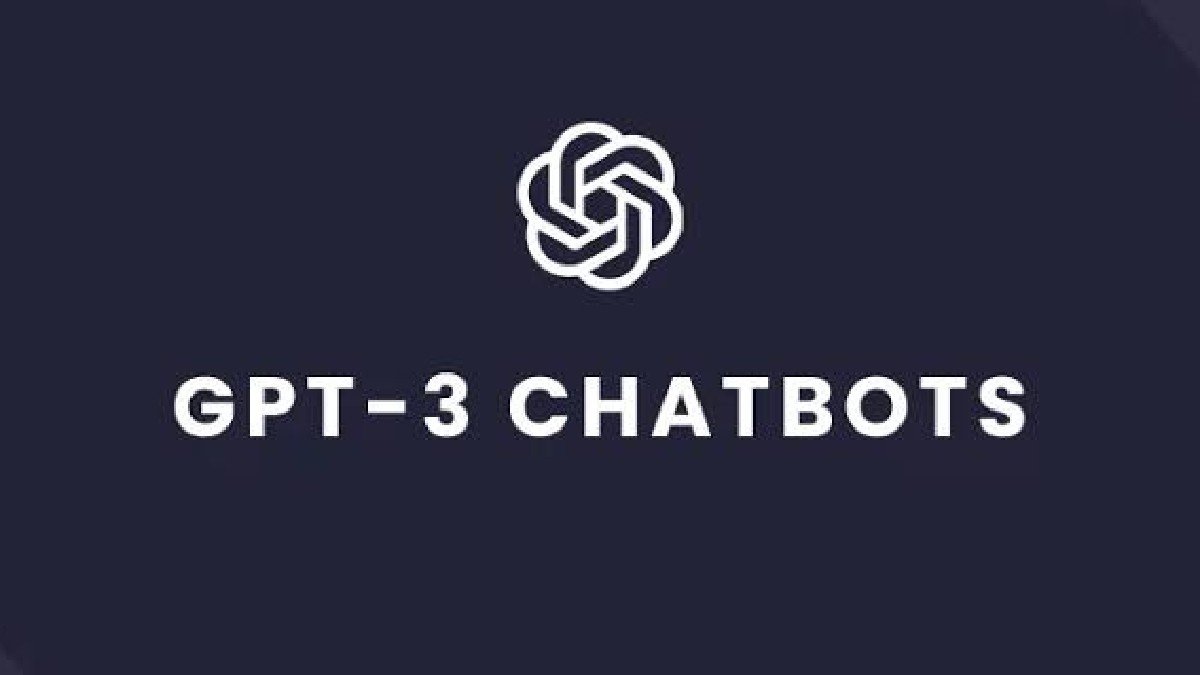Chat systems powered by OpenAI’s GPT-3 technology are becoming increasingly popular for their ability to handle complex conversations and deliver valuable services on demand. In this article, we’ll explore the key facts about these chat systems, including the pros and cons, use cases, set up process, implementation strategy, and best practices.
With GPT-3, the era of natural language conversational chatbots has finally arrived. This powerful technology is quickly becoming the go-to solution for companies looking to monetize their customer service bots and automate workflow processes. In this guide, we’ll explain what GPT-3 is, how it works, and how you can use it to create your own powerful chatbot.
What Is GPT-3?
GPT-3 (Generative Pre-trained Transformer 3) is an autoregressive model created by OpenAI that is used to generate text with human-like understanding, relying on input from large datasets. It uses unsupervised learning algorithms combined with natural language processing research and replicates the way humans interact with multiple different types of data. The GPT-3 engine has been used in chatbot technology and has enabled applications such as natural language processing, question-answering, summarization, and more.
GPT-3 is an artificial intelligence (AI) system developed by OpenAI, a research lab based in San Francisco. It’s able to generate human-like text using natural language processing (NLP) techniques. It uses a deep learning algorithm to analyze real-world language contexts, such as web pages and articles, and accurately generate output that mimics natural language syntax and semantics without additional guidance or training data. This makes it possible for developers to create bots that can hold conversations with humans in naturalistic ways, addressing variety of issues with accuracy and consistency.
The Amazing Chatgpt Tool: What is It & How to Use It
How Does GPT-3 Work?
The core technology behind GPT-3 is transformer networks, which rely on self-attention to generate text output. Put simply, GPT-3 takes in an input of text and uses a machine learning algorithm to analyse it. It then produces contextual outputs that are tailored to the given input. It works by assigning weights to different parts of the text, based on their likelihood of producing the expected response or outcome. As a result, it can produce highly accurate and detailed insights without requiring manual coding.
Benefits of Using GPT-3 for Chatbot Development
GPT-3 provides a wide range of benefits to chatbot developers. It allows them to create powerful and natural language conversational bots with minimal effort, while also significantly reducing development time. In addition, GPT-3 can be easily integrated into existing chatbot systems and applications. Moreover, it can generate highly accurate responses that are not only tailored to the individual user’s needs, but also take into account their preferences and interests. Ultimately, this enables chatbot developers to develop far more sophisticated and engaging conversational bots than ever before.
GPT-3 technology offers a number of advantages when it comes to automated chats, such as improved response speed, greater accuracy in line with user requests, and enhanced natural language processing capabilities. The AI engine also enables developers to quickly prototype applications that use natural language processing with minimal effort, allowing them to create automated chats with minimal coding knowledge. Additionally, the model is highly efficient in terms of energy usage and can run on much smaller datasets than similar models used for natural language processing tasks.
Challenges Faced While Building Chatbots With GPT-3
While GPT-3 provides many benefits to chatbot developers, there are some challenges faced when building chatbots with this technology. These include the difficulty of developing training data for specific applications, limitations in the type of conversations that can be handled by GPT-3 applications and the potential for bias from its algorithms. Furthermore, GPT-3 is not always a perfect fit for every conversational system and it needs to be carefully calibrated in order to achieve optimal performance.
The primary challenge lies in its accuracy as the AI model is only as good as the training data it’s given; if there are any errors in the dataset, they may propagate into the chatbot responses. Additionally, GPT-3 can generate conflicting or narrow answers when asked certain questions and often fails to understand natural language nuances due to its reliance on preprogrammed rules. This can be a significant handicap when attempting to engage human users on complex topics.
Jasper Review & A Brief Overview Of Jasper Ai
Tips for Making the Most Out of Your GPT-3 Chatbot
To get the most out of using GPT-3 automation in your chat system, here are some tips and best practices. First, start with a well-defined use case and adjust the model’s settings to best fit this use case. Second, provide enough relevant training data so that the model can understand context and generate reasonable responses. Third, deploy multi-turn utterances for a more interactive conversation between user and machine—customers will appreciate being spoken to like humans instead of machines. Remember to regularly monitor performance to ensure accuracy and continued relevance in its replies over time.
There are a few steps you can take to make the most out of your GPT-3 chatbot. To begin, it is crucial to conduct thorough research on the topic and context in which you intend to use your bot. Knowing the answers to questions related to the conversation as well as any specific needs or requirements will help you create more accurate training data and optimize results. Additionally, adding parameters that allow bots to recognize certain keywords or phrases can also improve accuracy and customization. Finally, testing the bot regularly with real conversations can ensure that the results match those expected and desired by users.
Use Cases and Implementation Strategy for GPT-3 in Automated Chats
Automated chats powered by GPT-3 have the potential to revolutionize customer service, marketing, and sales for businesses of all sizes, but it’s important to choose a use case that best fits your needs. Depending on your strategy, you can leverage GPT-3 in highly structured conversations like FAQs or more open-ended dialogs based on natural language processing. When implementing GPT-3 in automated chats, consider key elements such as adjusting settings and training the dataset with enough relevant data to ensure accuracy and understandability. Additionally, consider deploying multi-turn utterances so users feel they are truly conversing with their chatbot instead of simply inputting commands. With the right setup, you can make your automated chats interactive and engaging for customers while you save considerable time and costs.



